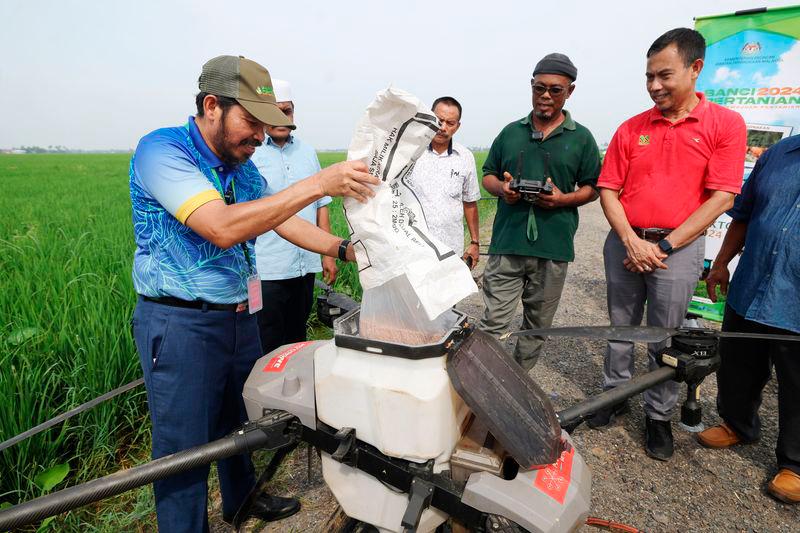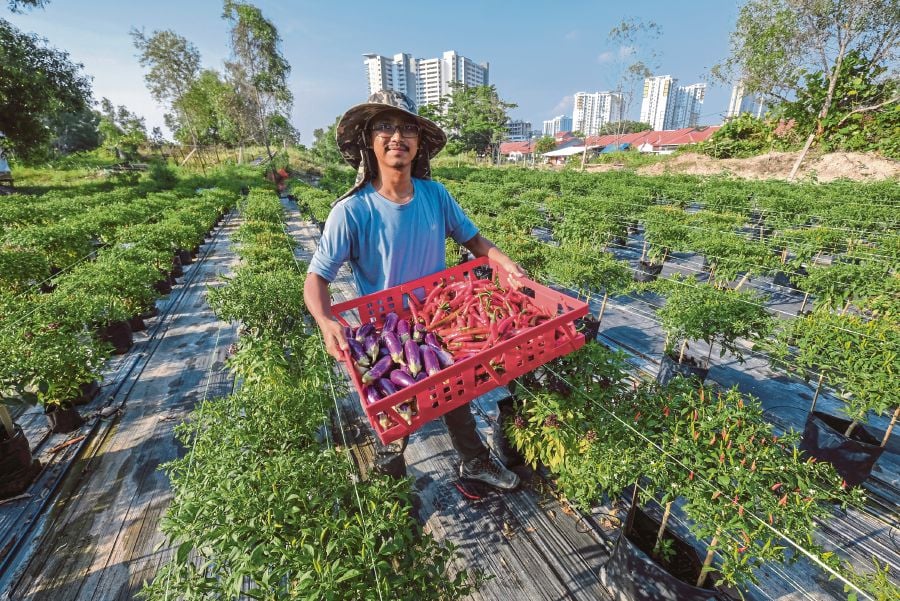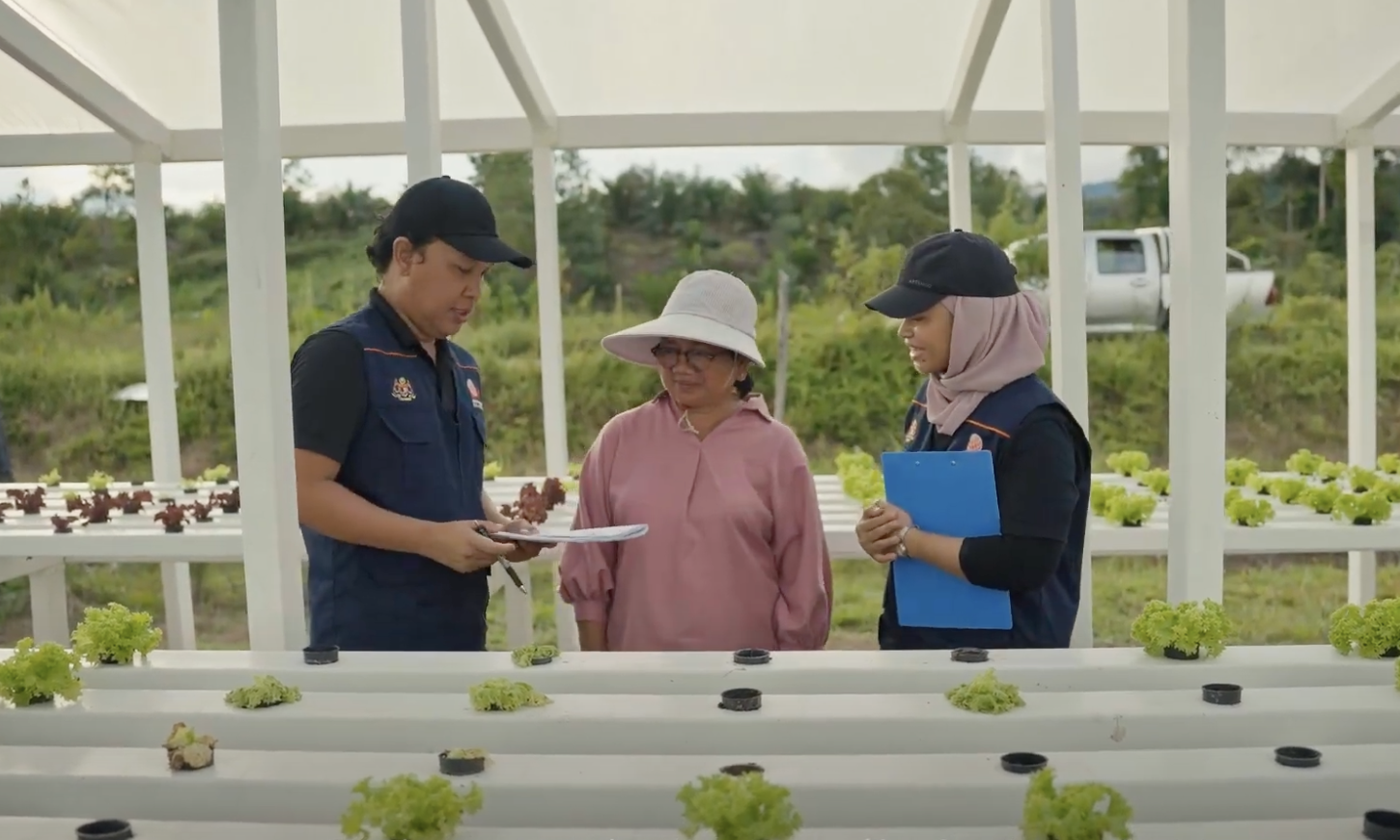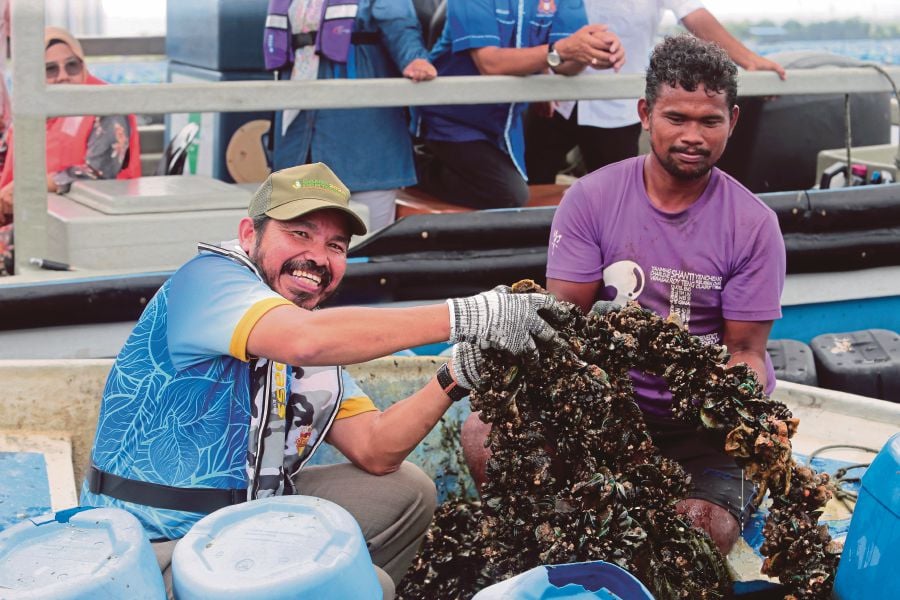What's The Agriculture Census & How Does It Affect You? Here's An Easy-To-Understand Guide
We help you break down the Agriculture Census, a.k.a. Banci Pertanian!
Did you know that the Agriculture Census is currently taking place in Malaysia?
If you can recall, Malaysia had its latest 'Banci Penduduk dan Perumahan Malaysia 2020' or population census in 2020. Just like the banci was used to collect information about the Malaysian population, the ongoing Agriculture Census aims to gather vital information about our country's agricultural sector.
The Agriculture Census 2024 — conducted by the Department of Statistics Malaysia (DoSM) — began on 7 July, and will cover an estimated 1.3 million households and 20,000 companies over a three-month period.
Here's a closer look at what the Agriculture Census is all about:
In simple terms, the Agriculture Census 2024 is a large-scale census that aims to collect data and information on people and companies engaged in agricultural activities.
But what's interesting is that agriculture is not just limited to farming. The four main categories of agriculture that are part of the census include:
Crops: Non-permanent crops (one-time yield produce like vegetables and flowers) and permanent crops (repeated yield produce like palm oil, rubber, and durian).
Livestock: Animals or poultry raised for commercial purposes and breeding.
Aquaculture and fisheries: The cultivating of aquatic organisms and the capturing of aquatic life for commercial basis.
Forestry and logging: Wood-based industries and non-timber forest products.
On the ground, over 5,000 enumerators have been tasked with going door-to-door to collect data for the Agriculture Census
Enumerators, or census takers, will be visiting households and organisations to conduct face-to-face interviews with respondents.
The data collection method is known as Paper and Pecil Personal Interviewing (PAPI), whereby enumerators will physically record information based on a questionnaire.
You may be wondering, "What's the point of collecting all this data?"
The Agriculture Census is essential to give an overarching view of how Malaysia's land is being used, what is produced, and the resources involved in agriculture operations.
By understanding the current state of the agricultural sector, the government can formulate policies to address issues like sustainability, technology adoption, food security, and continuity (involvement of youth).
Now that the Agriculture Census is almost at its halfway mark, DoSM has begun to uncover interesting insights in a few states.
According to Chief Statistician Datuk Seri Dr Mohd Uzir Mahidin, Johor is the largest mussel producer in the country, with an annual export value of RM4.7 million — many of these local farmers started their businesses in 2003, and have since experienced good returns.
Another interesting finding was that technology and the right farming decisions could greatly impact those in agriculture. Mohd Uzir gave the example of a company that switched from cultivating oil palm to planting 13 types of vegetables, resulting in nine times higher yield.
It is these kinds of stories, trends, and insights that the Agriculture Census hopes to find, resulting in precious data that can be utilised to propel the nation's agricultural sector further.
Now that you know a little bit more about the Agriculture Census 2024, here are a few ways to get involved!
2. If you have friends or family members in the agriculture sector, inform them about the ongoing Agriculture Census 2024, so they can be prepared for interviews with enumerators.
3. If you want to learn more about the Agriculture Census or teach your children about Malaysia's agriculture sector, visit DoSM's official website, which is full of educational and interactive material.



